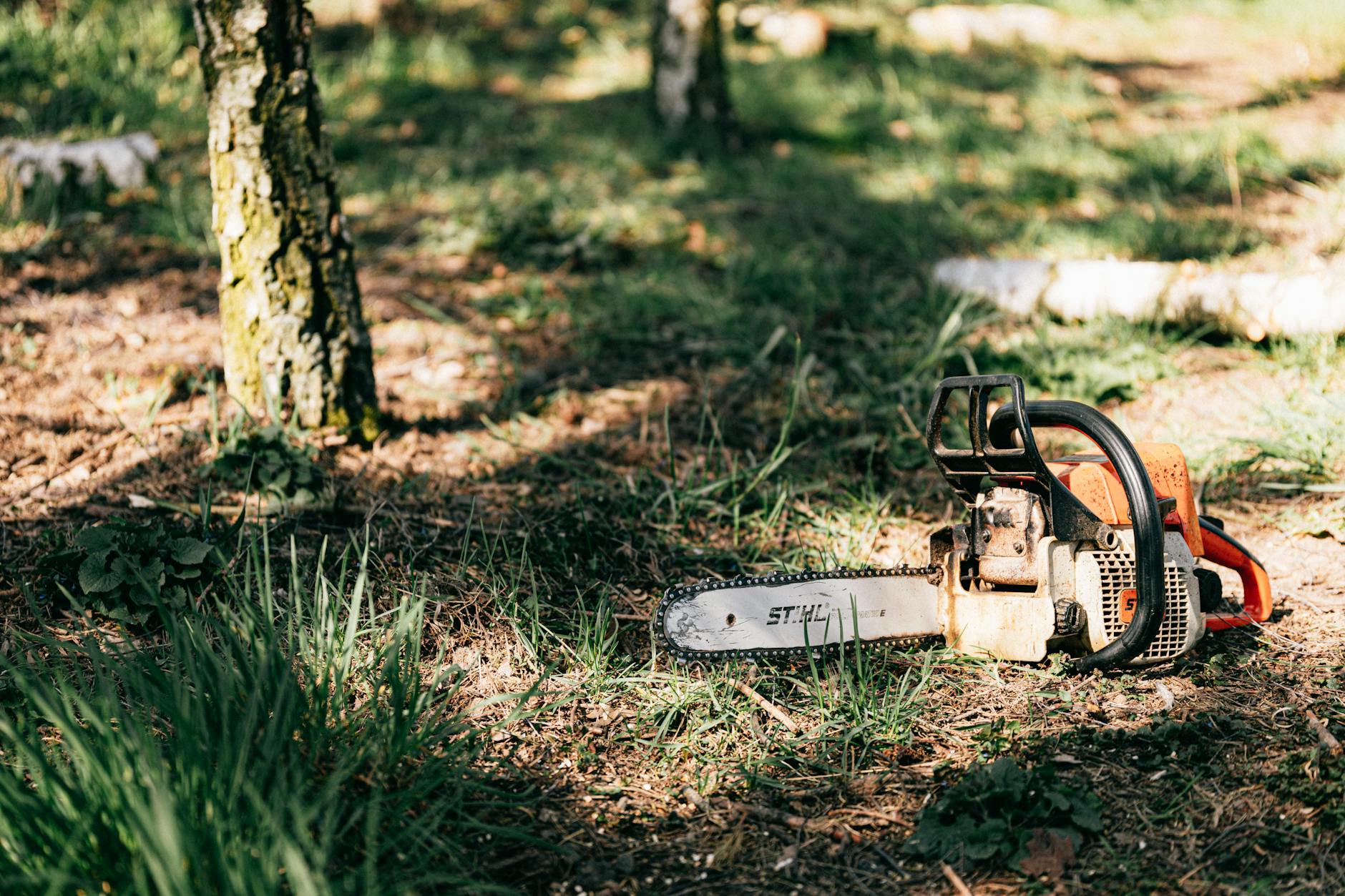Few things are more frustrating than attempting to start your trusty chainsaw, only to be met with a flooded engine that refuses to cooperate. A flooded chainsaw can be a major inconvenience, especially when you’re in the middle of a project or working against a tight deadline. However, fear not – with the right approach and a few simple steps, you can breathe new life into your flooded chainsaw and get back to work in no time.
Understanding Flood Conditions
Before we dive into the fix, it’s essential to understand what causes a chainsaw engine to become flooded in the first place. A flood condition typically occurs when too much fuel accumulates in the engine’s cylinder, making it difficult or impossible for the spark plug to ignite the mixture and start the engine.
There are several reasons why a chainsaw engine might flood, including:
- Improper Starting Technique
One of the most common culprits behind a flooded chainsaw is improper starting technique. If you repeatedly pull the starter cord without allowing the engine to clear excess fuel, you risk flooding the cylinder. - Faulty Carburetor
A malfunctioning carburetor can also lead to flooding by delivering too much fuel to the engine. This issue may be caused by a clogged jet, stuck float, or other carburetor problems. - Stale or Contaminated Fuel
Using old or contaminated fuel can cause gumming and clogging in the fuel system, leading to flooding issues. - Incorrect Fuel Mixture
For chainsaws that require a fuel-oil mixture, using the wrong ratio can also contribute to flooding problems.
Fixing a Flooded Chainsaw
Now that you understand the potential causes of a flooded chainsaw, it’s time to take action and get your engine running again. Here’s a step-by-step guide to fixing a flooded chainsaw:
- Step 1: Remove the Spark Plug
Start by locating and removing the spark plug from the engine. This will allow any excess fuel to drain from the cylinder and prevent further flooding. - Step 2: Drain the Cylinder
With the spark plug removed, turn the chainsaw so that the spark plug hole is facing downward. Pull the starter cord several times to expel any remaining fuel from the cylinder. You may need to repeat this process a few times to ensure all excess fuel has been removed. - Step 3: Clean the Spark Plug
While you have the spark plug out, take a moment to inspect and clean it. Use a wire brush or a spark plug cleaner to remove any carbon deposits or debris from the electrode. If the spark plug is severely fouled or damaged, replace it with a new one. - Step 4: Dry the Spark Plug Area
Use a clean rag or compressed air to dry the area around the spark plug hole. This will help prevent any remaining fuel or moisture from entering the cylinder when you reinstall the spark plug. - Step 5: Reinstall the Spark Plug
Once the spark plug area is dry, carefully reinstall the spark plug and tighten it to the manufacturer’s recommended torque specifications. - Step 6: Adjust the Choke (if applicable)
If your chainsaw has a manual choke, ensure it is in the fully open position. This will allow more air to enter the engine and help prevent further flooding during the starting process. - Step 7: Attempt to Start the Engine
With the spark plug reinstalled and the choke open (if applicable), it’s time to try starting the engine again. Pull the starter cord firmly and consistently, allowing the engine to clear any remaining fuel vapors.
If the engine still doesn’t start after several attempts, you may need to follow the process again to ensure all excess fuel has been removed from the cylinder.
Preventing Future Flooding
While fixing a flooded chainsaw is relatively straightforward, it’s always better to prevent the issue from occurring in the first place. Here are some tips to help avoid flooding your chainsaw engine:
- Follow Proper Starting Procedures
Always follow the manufacturer’s recommended starting procedures for your specific chainsaw model. This typically involves engaging the choke (if applicable), setting the throttle to the correct position, and pulling the starter cord with a smooth, controlled motion. - Maintain Your Carburetor
Regular carburetor maintenance, including cleaning and adjusting the jets and float, can help ensure proper fuel delivery and prevent flooding issues. - Use Fresh, High-Quality Fuel
Always use fresh, high-quality fuel formulated for your chainsaw’s engine. Stale or contaminated fuel can cause gumming and clogging, leading to flooding problems. - Observe the Correct Fuel-Oil Ratio
If your chainsaw requires a fuel-oil mixture, be sure to follow the manufacturer’s recommended ratio precisely. An incorrect mixture can lead to a variety of issues, including flooding. - Store Your Chainsaw Properly
When not in use, store your chainsaw in a cool, dry place and follow any recommended storage procedures, such as draining the fuel tank and running the engine until it stops to clear the carburetor.
By following these tips and addressing any flooding issues promptly, you can keep your chainsaw running smoothly and avoid frustrating delays in your work.
Recap
A flooded chainsaw can be a frustrating setback, but with the right approach and a few simple steps, you can get your trusty tool back in working order. Remember to always prioritize safety when working on any power equipment, and don’t hesitate to seek professional assistance if you encounter persistent or complex issues with your chainsaw.
By taking the time to understand the causes of flooding and following the proper fixing and prevention techniques, you’ll be able to maximize the lifespan and performance of your chainsaw, ensuring it’s always ready to tackle your toughest cutting tasks.
As an Amazon Associate I earn from qualifying purchases.

One thought on “How to Fix A Flooded Chainsaw”